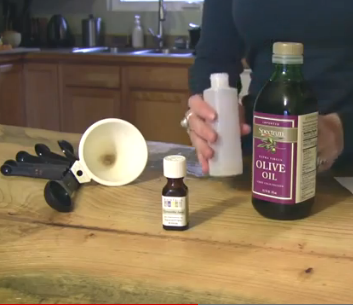Non-Toxic Bug Repellant
Summer is in full swing, which also means that the mosquitos are out in force. You’re probably packing some repellant for those camping, hiking, and swimming adventures to fend off those pesky bugs. This summer, make sure your bug spray is non-toxic!
Unfortunately, many bug sprays contain toxic chemicals like DEET or permethrin. Both are toxic to the nerves and DEET may increase the toxicity of other chemicals you’re exposed to. Many bug sprays with these chemicals come with warnings that “use is not approved for children under 12.” Whoa.
What Can You Do?
- Make your own non-toxic bug spray with WVE’s recipe below!
- Choose bug sprays carefully – avoid sprays that have DEET on the label.
- Cover up with long sleeves, pants and socks when you can
- Stay indoors at peak mosquito biting times like dawn, dusk or early evening
- Maintain window and door screens to keep bugs out
- At least once a week, empty water from flowerpots, pet water dishes, birdbaths, buckets, etc. to limit the places mosquitoes can breed
Non-Toxic Bug Repellent Recipe
1-25 drops essential oil
2 tablespoons vegetable or olive oil
1 tablespoon aloe vera gel (optional)
jar or bottle for storage
Want more tips? Check out our list!
Want more recipes? Here you go!







